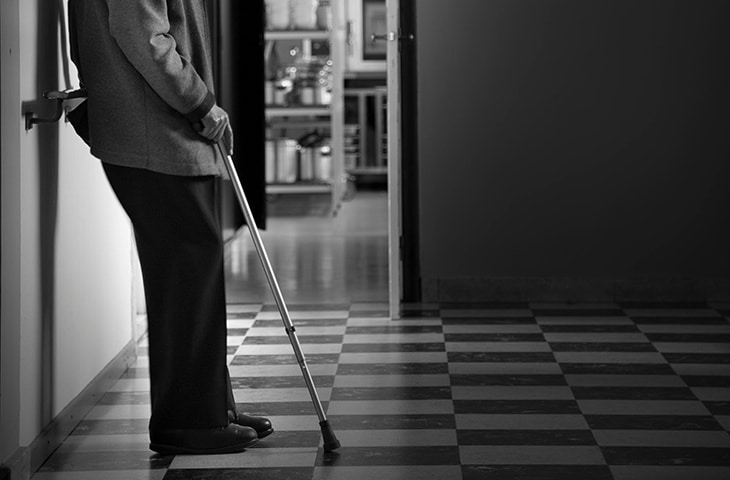Sensors, Vol. 25, Pages 2964: Detection Of Falls And Frailty In Older Adults With Oldfry: Associated Risk Factors

Sensors, Vol. 25, Pages 2964: Detection of Falls and Frailty in Older Adults with Oldfry: Associated Risk Factors
Sensors doi: 10.3390/s25102964
Authors: Eva Martí-Marco Enrique J. Vera-Remartínez Aurora Esteve-Clavero Irene Carmona-Fortuño Martín Flores-Saldaña Jorge Vila-Pascual Malena Barba-Muñoz María Pilar Molés-Julio
Objective: To describe the characteristics and outcomes of using the Oldfry technology application in older adults, analyzing changes in frailty and fall risk after its implementation. Design and Methods: Observational, analytical, prospective, cross-sectional, and multicenter study conducted in residential centers in Plana Baja (Castellón, Spain). A total of 156 older adults over 65 years old participated, selected based on specific criteria and voluntary consent. Sociodemographic, anthropometric, and clinical variables were collected, including fall history, sensory problems, medication use, and standardized cognitive, nutritional, and functional assessment scales. The study was approved by the Ethics Committee of Universitat Jaume I. Results: The sample included 156 individuals (median age: 84 years). Women showed greater functional dependence (Barthel scale) and cognitive impairment (Pfeiffer scale). The Oldfry device detected frailty with statistically significant differences. A direct relationship was found between greater functional dependence and higher fall risk, as well as between higher comorbidity and increased fall risk. An adequate nutritional status was associated with a lower fall risk. Conclusion: The use of Oldfry is crucial for assessing frailty and fall risk in older adults. Factors such as functionality, comorbidities, and nutritional status directly influence fall prevention, highlighting the importance of technological tools in monitoring these risks.
Popular Products
-
 Orthopedic Shock Pads For Arch Support
Orthopedic Shock Pads For Arch Support$71.56$35.78 -
 Remote Control Fart Machine
Remote Control Fart Machine$80.80$40.78 -
 Adjustable Pet Safety Car Seat Belt
Adjustable Pet Safety Car Seat Belt$57.56$28.78 -
 Adjustable Dog Nail File Board
Adjustable Dog Nail File Board$179.56$89.78 -
 Bloody Zombie Latex Mask For Halloween
Bloody Zombie Latex Mask For Halloween$123.56$61.78